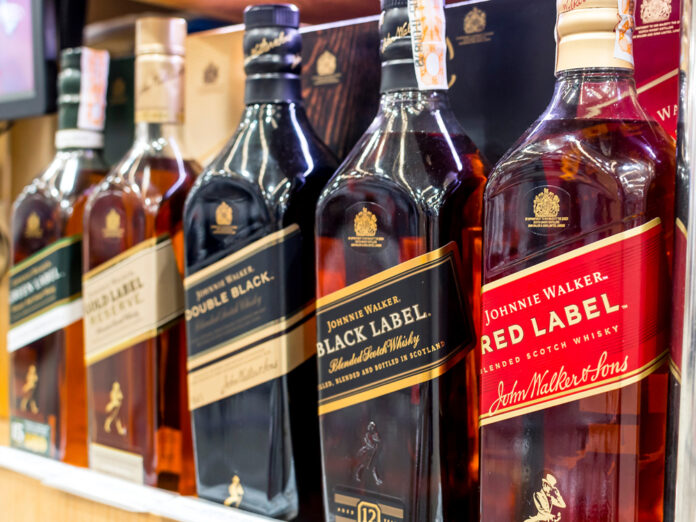Sales of alcoholic beverages in the Philippines are projected to grow by 7 percent annually, according to the Foreign Agricultural Service (FAS) of the U.S. Department of Agriculture (USDA) in Manila. The report, dated 4 April 2025, attributes this growth to favorable consumer demographics, an increasing demand for alcohol, and a strong preference for American products.
Despite the implementation of higher excise taxes on alcoholic beverages, which saw a 6 percent increase in the tax per proof liter this year, the alcohol market is expected to continue its upward trajectory. Under Republic Act 11467, enacted in 2020, distilled spirits are subject to a 22 percent ad valorem excise tax and specific excise tax that rose from P47 to P69.96 per proof liter in 2025. Provisions allow for an additional six percent annual increase. Taxes on wine and fermented liquor have also been similarly adjusted.
The report cites data from Euromonitor, estimating that in 2024, alcohol consumption in the Philippines reached 3.6 billion liters. Projections indicate this will rise to 3.85 billion liters by the end of 2025, driven by a 7 percent compound annual growth rate (CAGR) in alcohol consumption the past five years. Beer remains the dominant category, comprising 74 percent of total alcohol consumption, while distilled spirits account for 25 percent, and wine and other alcoholic beverages make up the remaining 1 percent.
Despite these tax hikes, the alcohol market remains largely domestic, with imports representing only about 4 percent (142 million liters) of total alcohol consumption in 2024. Over the past five years, Philippine alcohol imports have grown at a modest 1.6 percent CAGR.
FAS Manila further highlights the country’s robust consumer market, fueled by a young and rapidly expanding population. With a median age of 24 years and an estimated population of 114 million in 2025, the Philippines is in what experts describe as a “consumption sweet spot,” despite income disparities. As the population is projected to grow to between 132 million and 145 million by 2055, this will continue to drive demand for food and beverage products, including alcohol.
The report also notes the significant opportunity for U.S. exporters, particularly in wines and whiskeys, as the U.S. was the fourth-largest supplier of alcohol to the Philippines in 2024, holding a 7 percent market share. With the market’s expansion, there is substantial potential for U.S. producers to increase their footprint in the region.







